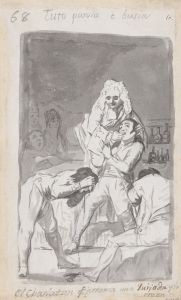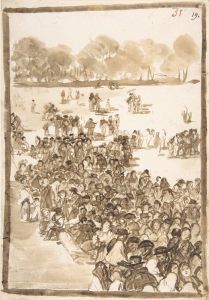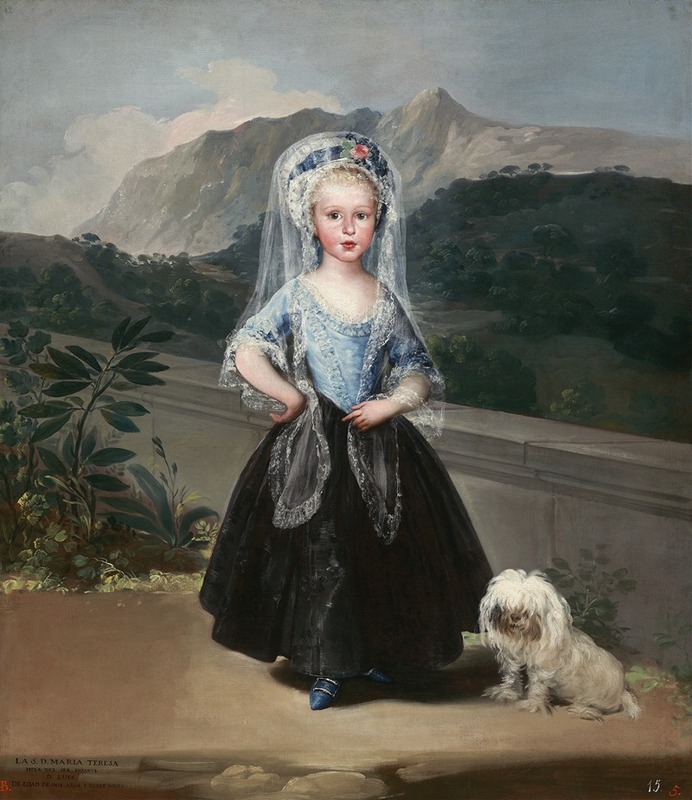
María Teresa de Borbón y Vallabriga,later Condesa de Chinchón
A hand-painted replica of Francisco de Goya’s masterpiece María Teresa de Borbón y Vallabriga,later Condesa de Chinchón, meticulously crafted by professional artists to capture the true essence of the original. Each piece is created with museum-quality canvas and rare mineral pigments, carefully painted by experienced artists with delicate brushstrokes and rich, layered colors to perfectly recreate the texture of the original artwork. Unlike machine-printed reproductions, this hand-painted version brings the painting to life, infused with the artist’s emotions and skill in every stroke. Whether for personal collection or home decoration, it instantly elevates the artistic atmosphere of any space.
"María Teresa de Borbón y Vallabriga, later Condesa de Chinchón" is a portrait painted by the renowned Spanish artist Francisco de Goya. This artwork is a significant example of Goya's portraiture, capturing the likeness and personality of María Teresa de Borbón y Vallabriga, a member of the Spanish nobility. The painting is believed to have been completed around 1783, during a period when Goya was gaining prominence as a court painter.
María Teresa de Borbón y Vallabriga was born on March 26, 1780, in Velada, Spain. She was the daughter of Infante Luis of Spain, the younger brother of King Charles III, and María Teresa de Vallabriga. Her parents' marriage was morganatic, meaning it was a union between people of unequal social rank, which affected her standing within the royal family. Despite this, María Teresa held the noble title of Condesa de Chinchón, which she inherited from her father.
Goya's portrait of María Teresa is notable for its delicate rendering and the insight it provides into the subject's character. The painting depicts her as a young girl, dressed in an elegant gown, with a serene and contemplative expression. Goya's use of light and shadow, as well as his attention to detail in the depiction of her clothing and features, exemplify his skill as a portraitist. The background is kept simple, focusing the viewer's attention on María Teresa herself.
The portrait is part of a series of works Goya created for the family of Infante Luis. Goya had a close relationship with the family, having been commissioned to paint several members over the years. This connection provided Goya with the opportunity to experiment with his style and develop his approach to portraiture, which would later become influential in his career.
Goya's work during this period is characterized by a transition from the Rococo style to a more modern and individualistic approach. His portraits often convey a sense of psychological depth, capturing not just the physical appearance of his subjects but also their inner lives. In the case of María Teresa, Goya manages to convey both her youthful innocence and her noble bearing.
The painting is housed in the Museo del Prado in Madrid, Spain, where it is part of a larger collection of Goya's works. The museum is renowned for its extensive collection of Spanish art, and Goya's paintings are among its most treasured pieces. The portrait of María Teresa de Borbón y Vallabriga is an important work within this collection, offering insight into both the artist's development and the history of the Spanish nobility.
Overall, "María Teresa de Borbón y Vallabriga, later Condesa de Chinchón" is a testament to Francisco de Goya's mastery of portraiture and his ability to capture the essence of his subjects. The painting remains a valuable piece of art history, reflecting the social and cultural context of late 18th-century Spain.





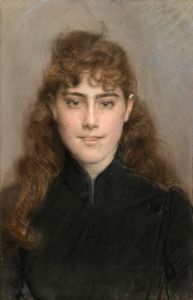
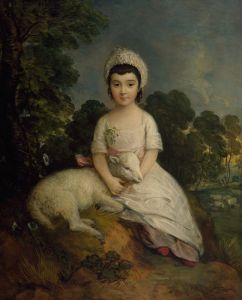
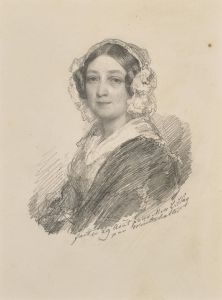
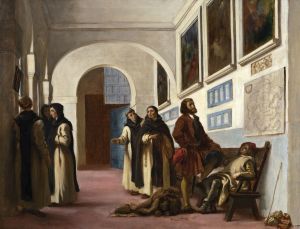
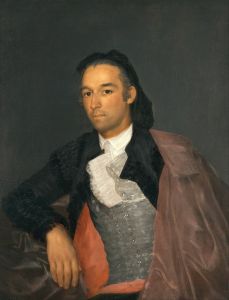
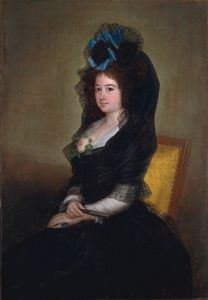
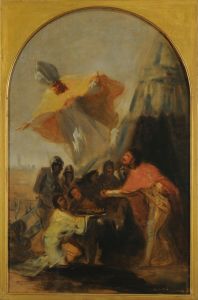
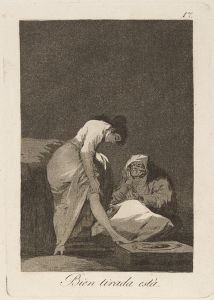
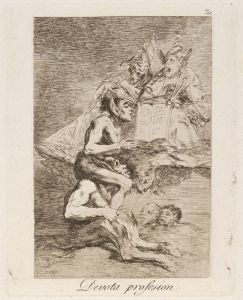
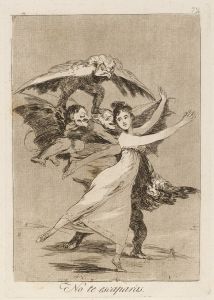
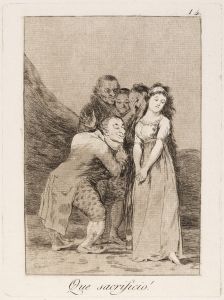
![Where There’s a Will There’s a Way [A Way of Flying]](/imgs/264671/s/francisco-de-goya-where-theres-a-will-theres-a-way-a-way-of-flying-fb3fa35a.jpg)
